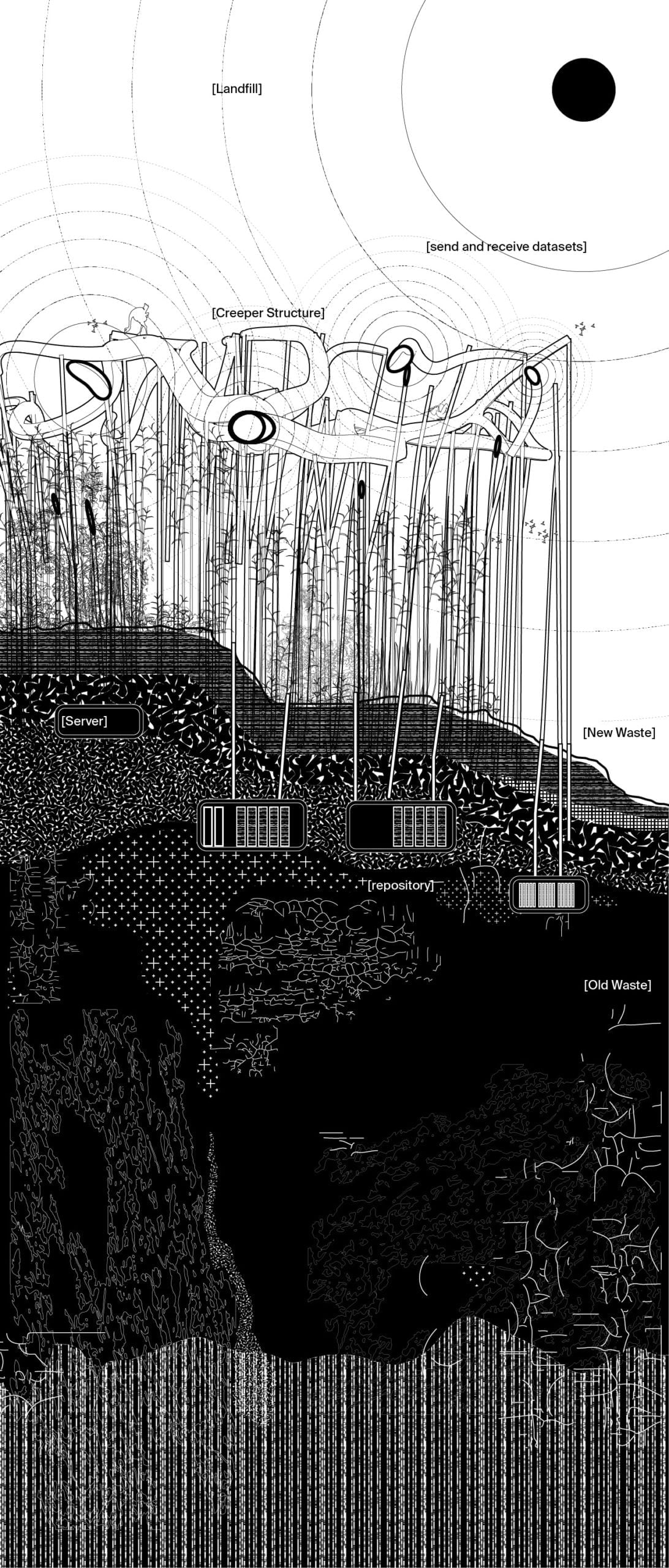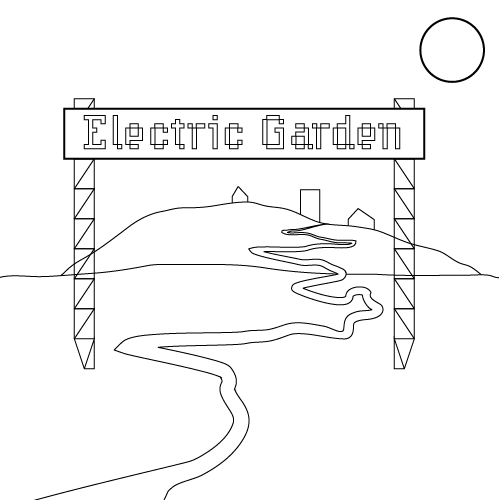

Electric Garden
A digital enactment of forgetting.
The Project is expanding around the indistinct zones of the periphery where urban and rural typologies are entangled and strange spatial traces, produced by the urban life can be observed.
The Good Life in the city is a fragile state of temporary fulfilled needs, demanding a constant flow of material inputs, such as food, goods, energy, water, waste, money, data, and so on. These flows demand typologies of extraction and disposal, that generate a field of tension between the Urban and Rural, as opposed to poles of anthropogenic landscapes. In the strange in-between of the periphery, there can be found a ‘third landscape’, a garden of flows, hidden at the intersection of productive soil and urban conglomerates. Here we can find the typologies of extraction and disposal like landfills and gravel pits, once emerged through the material in and output of a city but now eke out their existence only on the edge of our consciousness, sprawled in spatial diffusion and merging with the rural landscape.
“Data-driven infrastructures […] defined widely as technologies that are fueled by data and that generate data […].”1DATA WASTE, Elettra Bietti & Roxana Vatanparast, Harvard International Law Journal Frontiers Volume 61 / 2020 Regarding data as a collective material, that has to be mined, stored and shared, the garden provides its autonomous server caves deep in the mountain of Langes Feld, working as the gardens digital brain, powered by gas processing and solar fields on site. It tries to reflect “living ‘off the grid,’ […] as a metaphor. Every rejection of the national, corporate, electric grid is a declaration of independence from capitalism.”2Lucy Lippard, Undermining. A Wild Ride Through Land Use, Politics, and Art in the Changing West, New York: The New Press, 2014, p. 11
A fine grid of sensors and geo-based markers cover the area with a virtual coordinate system that enables data to be gathered and stored in the landscape make an end to its nonlocality, and creating digital natural entanglements. The Electric Garden is a strategy to reclaim these mundane sites and typologies and connect them with a path, flowing along the city edges and old pits. It is an attempt at “a ‘rurbanization’ process that is indispensable if we are about to regain control over our food production, regenerate our environment and provide for our subsistence. […][It shall become an nexus point] of sociality, knowledge production, and cultural and intergenerational exchange[….]”3Federici, Silvia. Feminism And The Politics Of The Commons, 2018 as well as multispecies entanglements. — “Relationships that can nurture possibilities for […] diverse urban futures, […] that are increasingly recognised as co-produced by nonhuman agents in the context of climate variability and change.”4Make kin, not cities! Multispecies entanglements and ‘becoming-world’ in planning theory. Donna Houston, Jean Hillier, Diana MacCallum, Wendy Steele, Jason Byrne. Article. Planning Theory 1–23. 2017
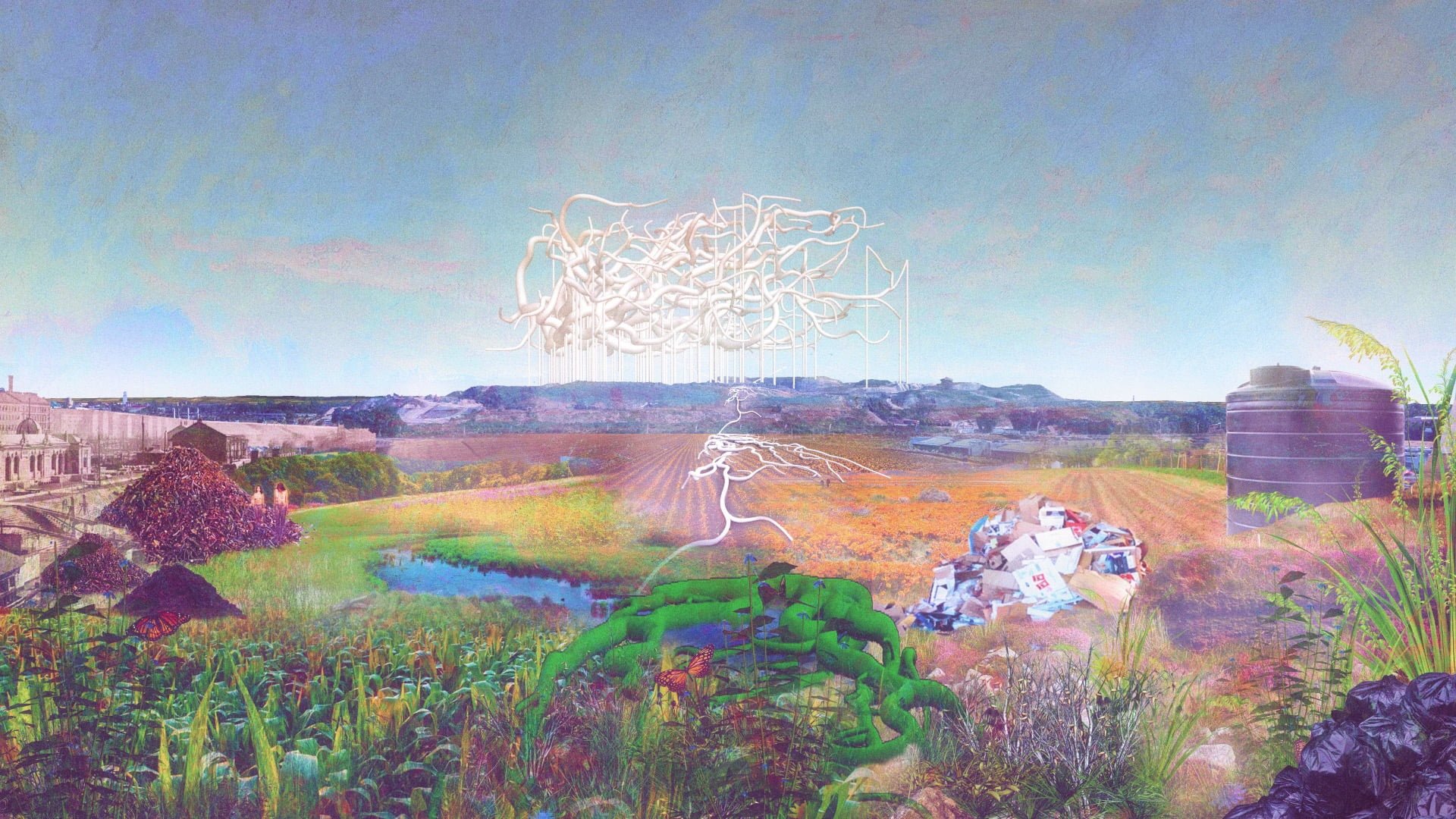
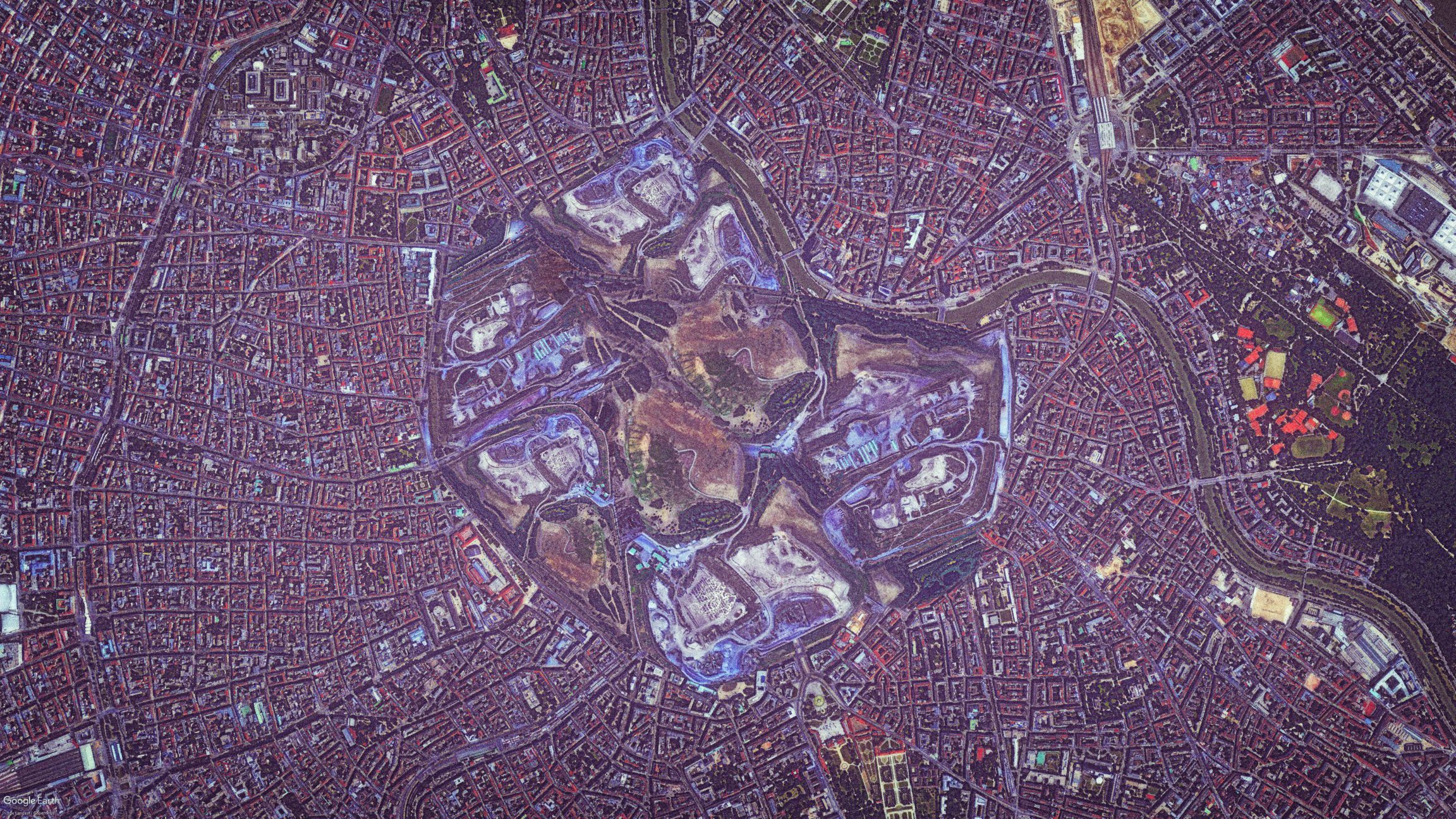
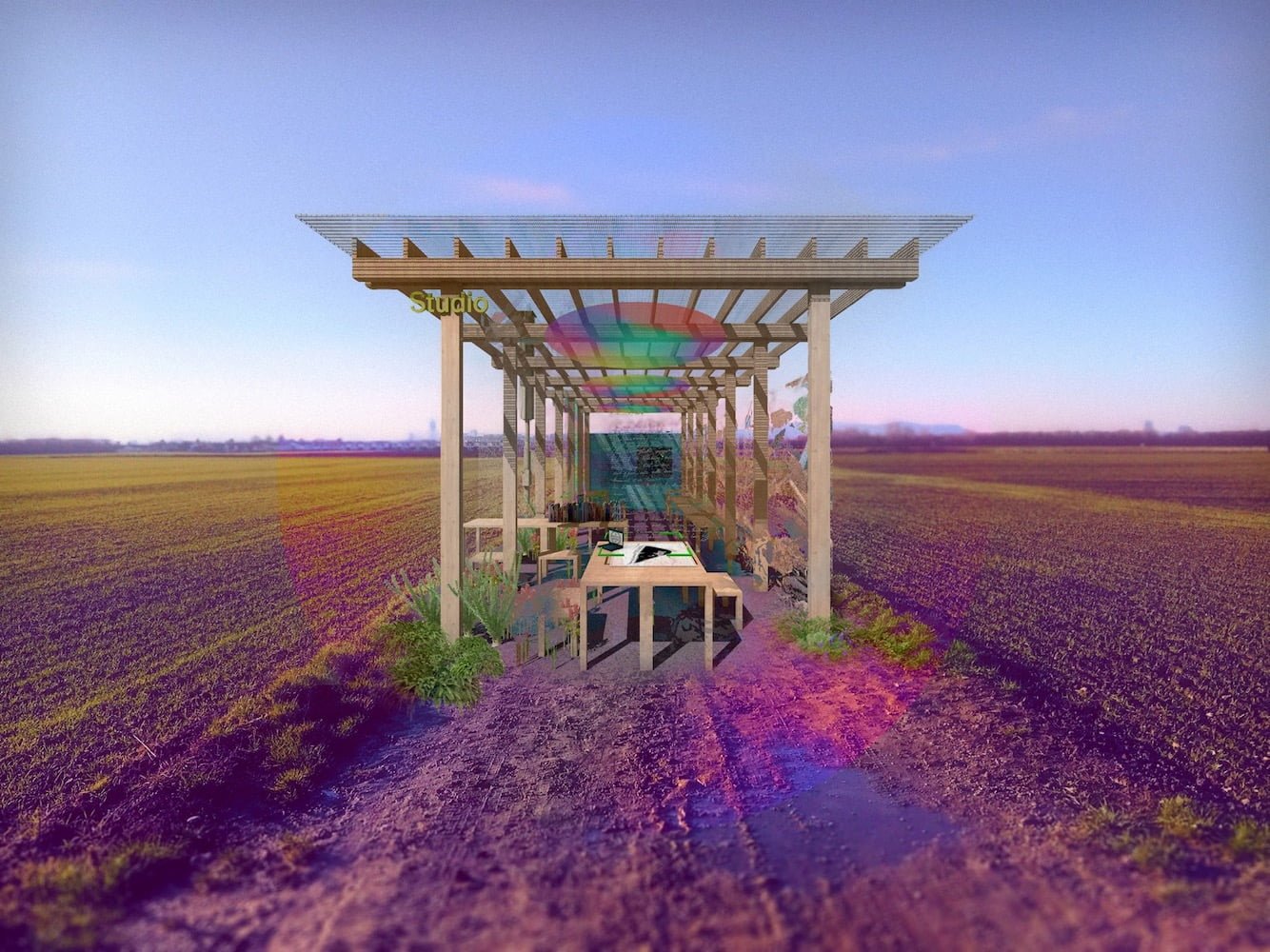
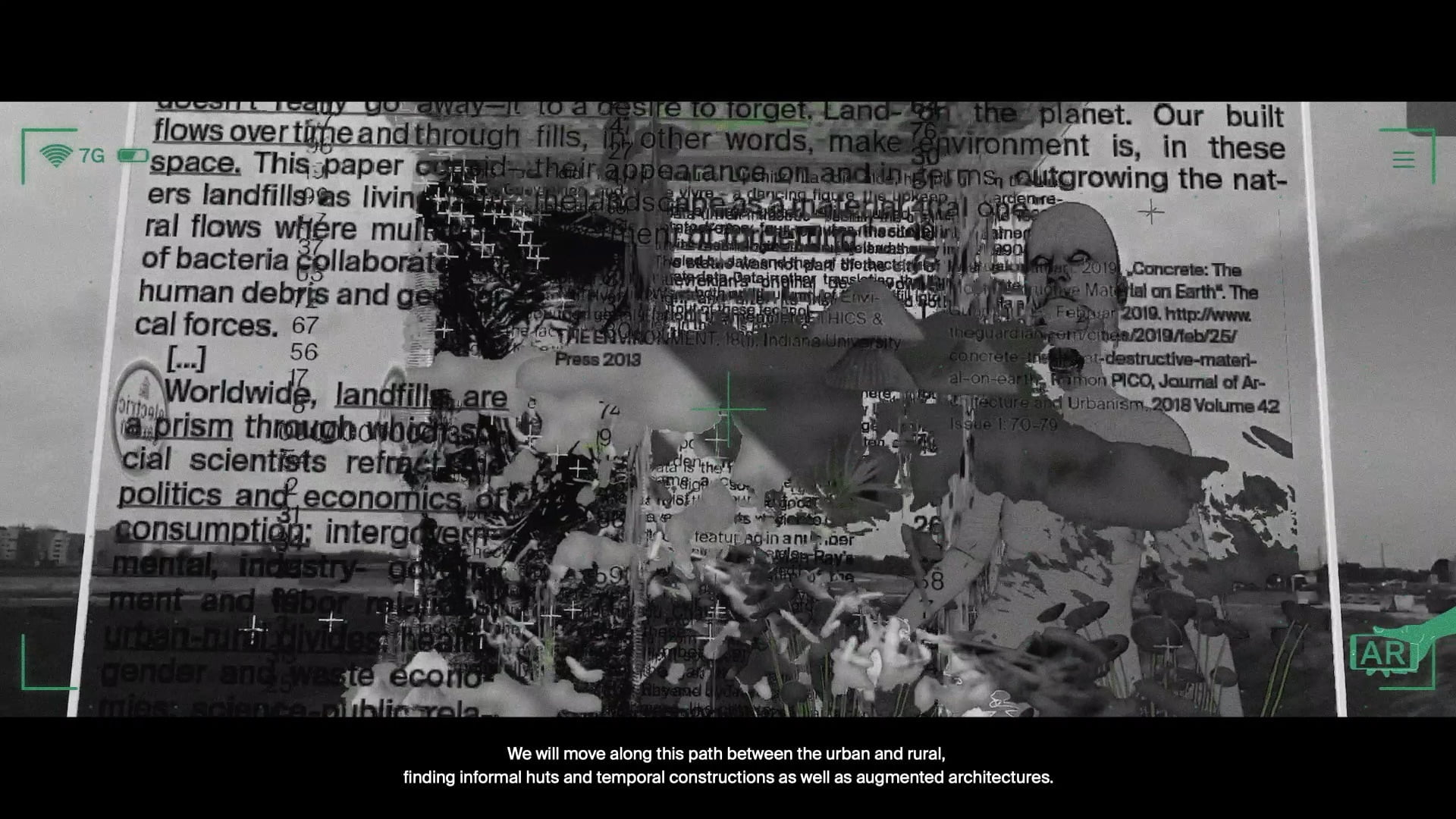








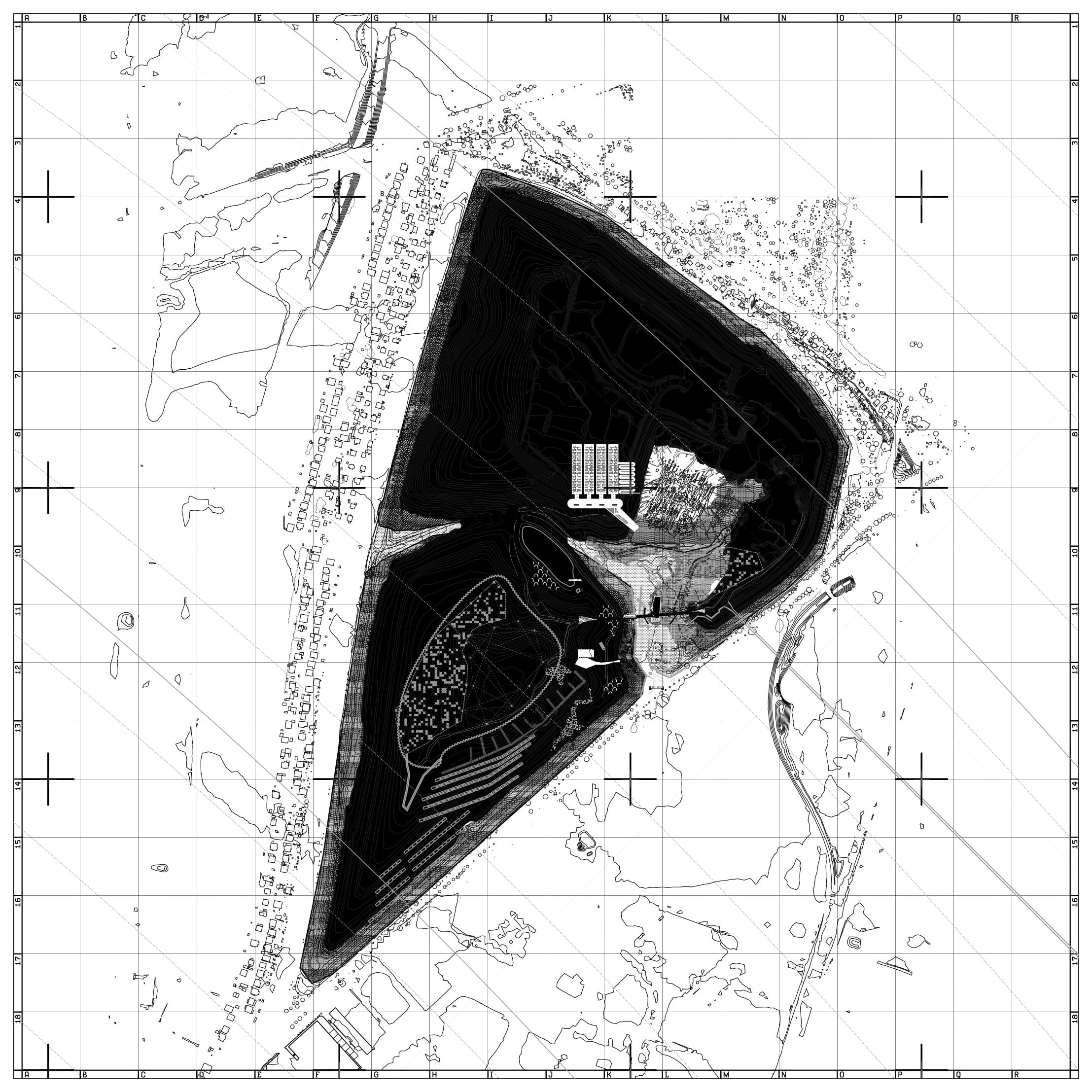
Movie Stills
